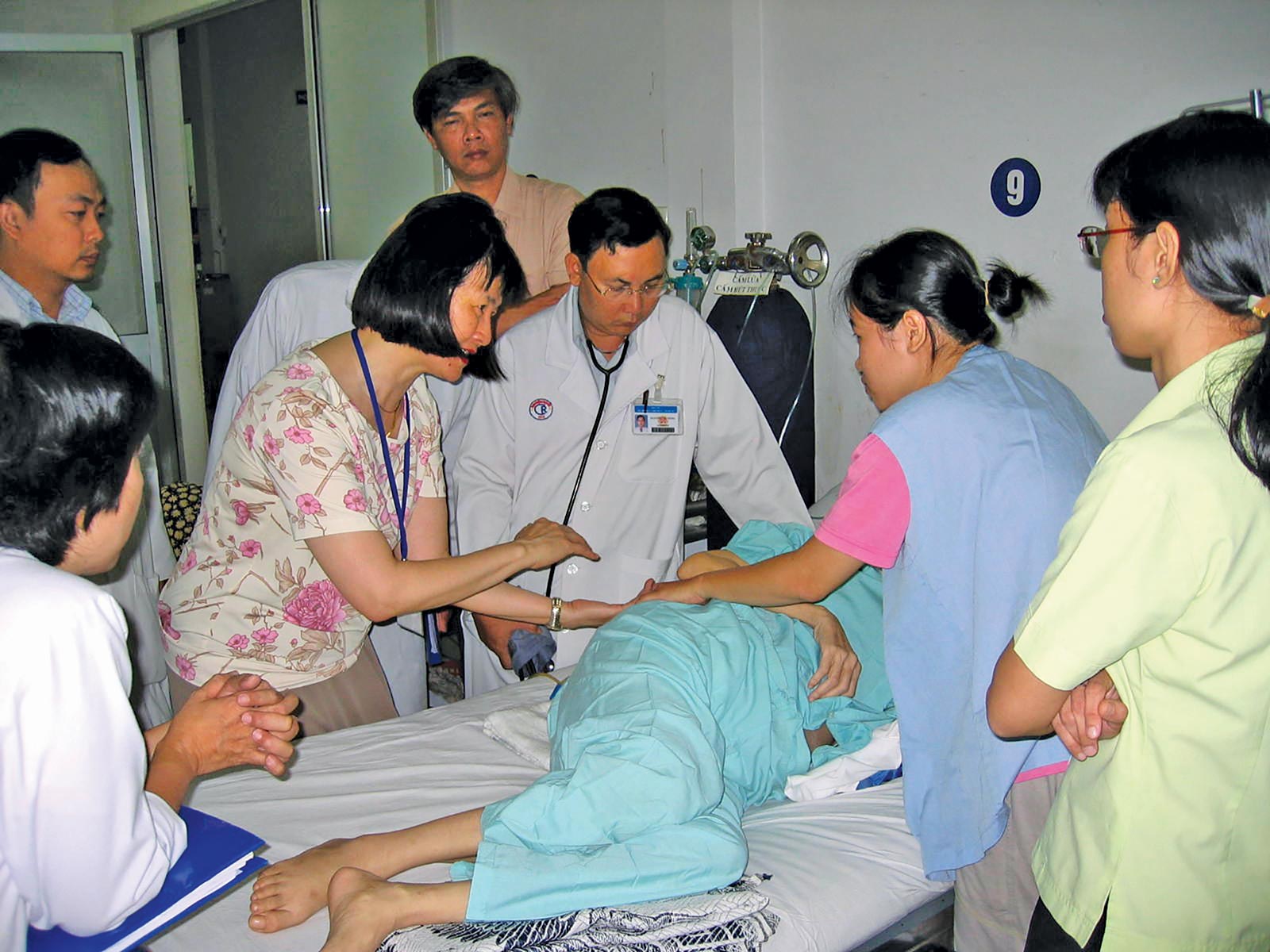Youth mental health and resilience
The association between mental health and resilience is well documented in current literature. The YEAR study affirms this important relationship, as respondents with higher mental health scores also had higher resilience scores.
Respondents were assessed on their mental health symptoms based on a youth self-reported survey. About one in three youth in Singapore reported internalising mental health symptoms such as depression, anxiety and loneliness, with those aged 14 to 16 reporting more serious symptoms. Meanwhile, roughly one in six young people said they experienced externalising mental health symptoms, such as hyperactivity, rule-breaking, and aggression.
Internalising symptoms can be presented as depression, anxiety and somatisation, which is the manifestation of psychological distress by the presence of physical symptoms. Externalising mental health symptoms include Attention-Deficit Hyperactivity Disorder (ADHD), conduct disorder, displaying aggression and exhibiting disruptive behaviours. The combination of these internalising and externalising symptoms informs the extent of mental health distress that the youth may be experiencing.
In the second phase of the study, which aimed to establish the prevalence of mental health disorders among adolescent respondents, respondents who self-reported clinical-level mental health symptoms were invited for an in-depth face-to-face or online assessment. Adolescent respondents and their parents also responded to survey questions on parent-child dynamics and quality of life.
From the YEAR study, it was reported that one in 10, or 12% of adolescents met the full diagnostic criteria for having at least one current mental health disorder, while 6% of adolescents had previously met criteria for at least one disorder more than a year ago and are no longer meeting the criteria for the same disorder, suggesting that their condition may have improved.
The findings suggest the importance of distinguishing between adolescents experiencing mental health symptoms influenced by the pandemic, stressors in life and developmental challenges, and those with diagnosed mental health disorders, which are influenced by a confluence of biological, psychological and social factors. Targeted support would need to be offered to both groups of adolescents.
Delving into the relation between resilience and mental health, youths were also scored on resilience, which is the ability and capacity of an individual to prepare for, withstand, adapt and progress in the face of adversities. The Singapore Youth Resilience Scale (SYRESS) measures the multidimensional aspects of resilience, using 10 different domains such as Perseverance/Commitment, Positive Self-image/Optimism, Relationship/Social Support, Humour/Positive Thinking, Emotional Regulation, Spirituality/Faith, Personal Confidence/ Responsibility, Personal Control, Flexibility, and Positive Coping. These 10 domains can be seen as assets that can strengthen overall resilience.
The resilience scores differed significantly across the age groups for most of the domains. Among the higher percentile groups, the resilience scores are stable across the age groups. However, there is an upward trend in resilience scores in the lower 10th percentile in each age group, indicating that resilience can be improved over time as the youth, especially those in the vulnerable “tween years”, mature and accumulate life experiences. It is also important and an opportunity for society to reach out to the lower resilience groups for interventions.
Data obtained from both SYRESS and Youth Self-Report (YSR) showed that the resilience factor is highly correlated to the internalising score, where those with lower resilience run a higher risk of experiencing internal psychological distress that is difficult to spot on the surface.








